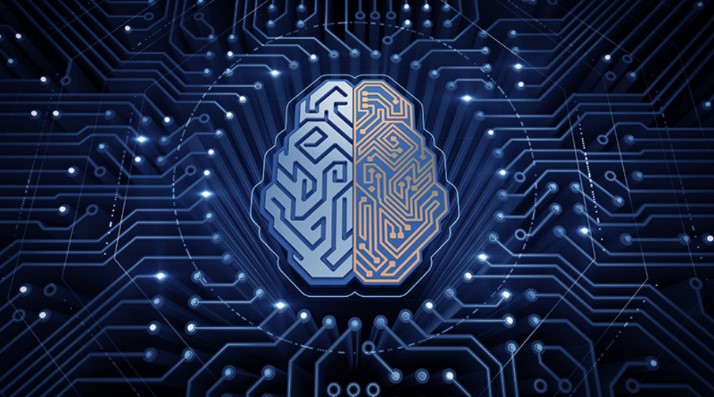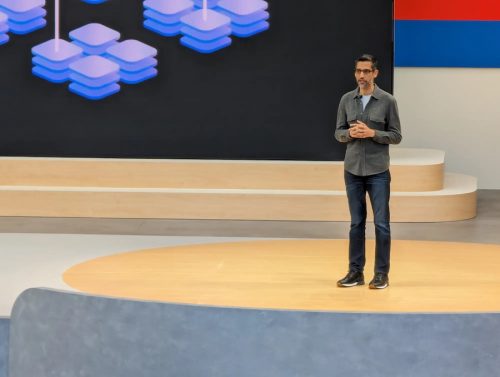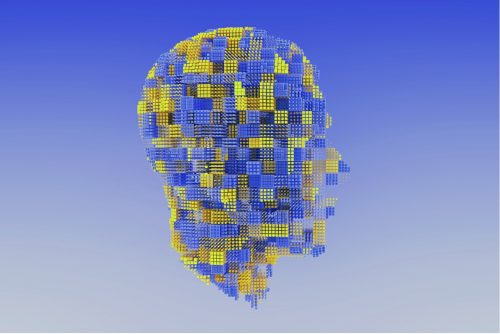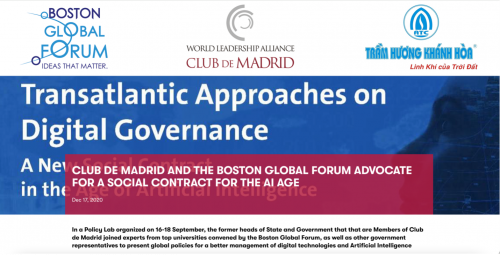
The next Artificial Intelligence (AI) breakthrough might require ending a longtime rivalry.
For years, AI researchers have generally taken one of two approaches when creating problem-solving algorithms: symbolism, or rule-based AI, which is centered on manually encoding concepts, rules, and logic into computer software; and connectionism, which is based on artificial neural networks and digital representations of the brain that develop their behavior organically by comparing many examples over time.
A difficult challenge for AI is the task of visual question-answering (VQA), in which you show the AI an image and ask it questions about the relation between the different elements present. The MIT and IBM researchers used the Neuro-Symbolic Concept Learner (NSCL) to solve VQA problems. The NSCL uses neural networks to process the image in the VQA problem and then to transform it into a tabular representation of the objects it contains. Next, it uses another neural network to parse the question and transform it into a symbolic AI program that can run on the table of information produced in the previous step.
The new AI solution with visual question-answering is a great example of AI application for human life to relieve us of resource constraints and arbitrary/inflexible rules and processes, which has been initiated and promoted by AI World Society (AIWS).










